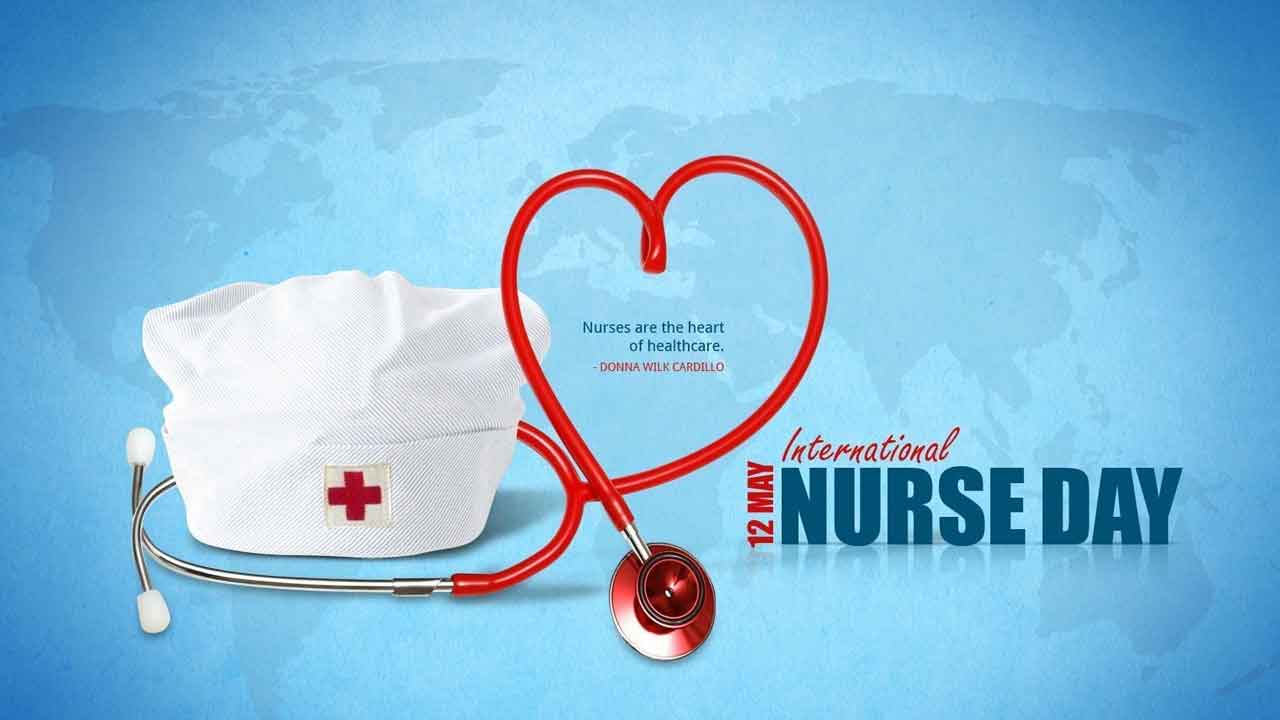It is nothing less than painful to hear is the kind of sacrifices that the healthcare professionals have to make for the nation every day. A majority of people recognise that efforts put in by the caregivers must be appreciated; more that it usually is. Nursing is a calling of care, which offers a pool of challenges, professionally and at home. People often forget these caregivers and nurses are also in need of empathy, love and they are as equally entitled to safe and healthy working conditions like any other workers. Despite the challenges that they face, they are working relentlessly to help the nation rise victorious.
In some of the large private hospitals where they do have mechanical lifters, the staff was either not trained to use the same or was hesitant to use the same sighting time-consuming process. This too can have a direct impact on the health of the nurses. Nurses during the study highlighted the following issues: 44% of the nurses lift the patient alone with the help of gait belt, 58% lift the patient alone without the help of gait belt, 43% reposition the patient in the bed alone, 57% shift the patient from one bed to another with the help of one person, 74% reported that they don’t use mechanical lifters while transferring a patient from one surface to other. As per Indian Nursing Council (INC) norms, the nurse-patient ratio should be 1:3 for general wards in medical colleges and 1:5 for district hospitals, one in each clinic room of the OPD and 1:1 in ICU, ICCU and other critical care areas. 28% take breaks after 4 hours of continues work while 26% receive no breaks in a workday (8 or more hours of work). Nursing as a profession requires the nurses to provide their services in a standing posture. However, 74% of the Nurses stand for more than 4-6 hours a day at a stretch while delivering the services which could cause stress on their lower limbs. Transferring a patient from one surface to another is one of the significant job responsibilities of the nursing staff. We tried to understand which transfer techniques are being used by caregivers. And more importantly, whether those are safe for patient as well as the staff.
The research paper by Godrej Interio, ‘Elevating Experiences, Enriching Lives’ reveals that more than 90% of nurses complain about the musculoskeletal disorder. Nursing as a profession requires nurses to work in a standing posture. These long working hours, overtime and work overload, especially in the time of the rapid outbreak of diseases contribute to impact their physical and psychological wellbeing. The participation of nurses in the design of their workspaces is exceptionally essential to make them feel involved. It can act as a motivator and enabler of high-quality performance. Besides being a key work design criterion, participation is also an essential characteristic of any significant change.
The emotional and physical stress that involves in caregiving is immense, but it goes unnoticed and certainly unpaid. Nursing and caregiving do not only mean looking after the physical difficulties of a patient, but it also means and entails support emotionally. This generates emotional distress among the nurses and then leads to a lot of physical stress affecting them internally. As the outbreak continues to spread globally, some healthcare professionals and experts have growing concerns about how the virus could disproportionately impact the nurses and doctors. To meet this changing demand, a motivated and well-prepared workforce is required. We can achieve this by meeting the requirement of nurses and taking care of their challenges which can lead to empowered and encouraged nurses who can continue to excel to do best without any barriers.
India faces a shortage of 600,000 doctors, there is one government doctor for every 10,189 people ((the World Health Organization (WHO) recommends a ratio of 1:1,000), and there is a shortage of two million nurses, the nurse-patient ratio is 1:483. With an avalanche of COVID-19 cases, exhausting shifts, the nursing community is barely breathing moments of relief. The work culture in the Indian is immensely diverse. The Indian health care system is undergoing a transformative change with the changing critical situation across the country. In adjusting with responsibilities, they often disregard the challenges that they are facing, without releasing how essential it is for them to be at the best of their health.
In this traumatic field of work and time during this unprecedented condition with the global spread of the virus, virtually no nation and society has been spared. The rate at which the phenomenon is growing has the governments, institutions, businesses and markets completely underprepared in dealing with the reality and the legitimate fears around the issue. There are innumerable challenges nurses face each day; even before the escalation in cases began due to the global pandemic.
The ambitious agenda of protecting the nation of all diseases and viruses involves the biggest challenge of leadership of lives. The job tasks of nurses comprise of pushing heavy trolleys, patient beds, lifting the patient to make them sit upright or give lateral position, moving patients from one surface to other, bending while delivering patient care such as bed making and feeding or infusing IV fluids, transferring the patient from bed to wheelchair and vice versa, providing personal hygiene, etc. All these tasks are strenuous and involve a lot of physical effort on the part of the nurses. Long working hours, overtime and work overload contribute to their physical and psychological wellbeing. According to our initial study, 88% of nurses work for 8-10 hours a day along with doing overtime at least twice or thrice a month (35% do over time more than three times a month).
The Godrej Interio’s research study ‘Elevating experiences, Enriching lives’ reveals that 53% of the nurses in departments like medicine and surgery (especially general wards) are observed to have staff-patient ratios of more than 6 patients per nurse.


